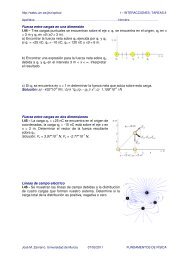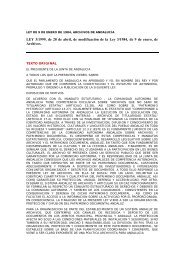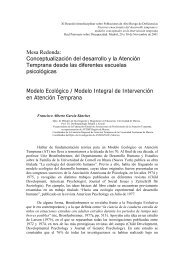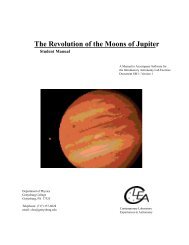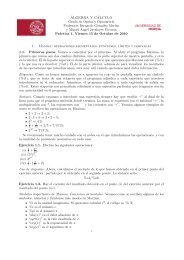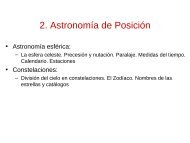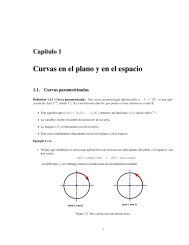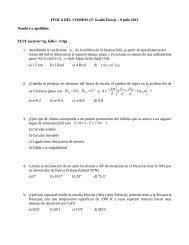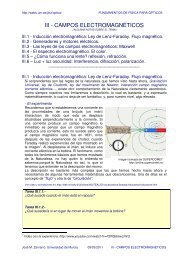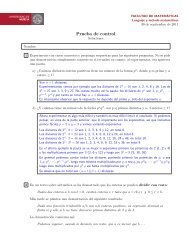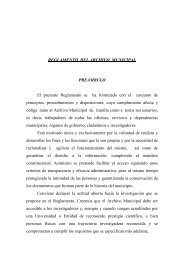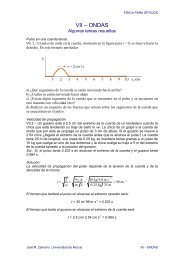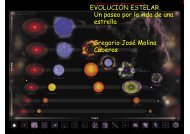AGRICOLA -- Guide to Subject Indexing
AGRICOLA -- Guide to Subject Indexing
AGRICOLA -- Guide to Subject Indexing
You also want an ePaper? Increase the reach of your titles
YUMPU automatically turns print PDFs into web optimized ePapers that Google loves.
The genus Pneumocystis was originally classified as a pro<strong>to</strong>zoan. However, according<strong>to</strong> more recent taxonomic opinion, it is a fungus. Currently, the CAB Thesaurus carriesno Broader Term for PNEUMOCYSTIS but does carry the related term PROTOZOA,and <strong>AGRICOLA</strong> indexers have used Category Code L823, Pests of Animals (Pro<strong>to</strong>zoa),<strong>to</strong> index this organism.Effective immediately, use instead Category Code L831, Animal Diseases (Fungal), <strong>to</strong>index Pneumocystis.However, remember that Pneumocystis is only in scope for <strong>AGRICOLA</strong> when it occursnaturally in domestic or labora<strong>to</strong>ry animals. It is not in scope as a human disease, norwhen infections in labora<strong>to</strong>ry animals are used as models for human disease. Since it isnot known <strong>to</strong> be an important pathogen of domestic animals, do not select for indexinggeneral articles on its biochemistry, genetics, ultrastructure, etc. This organism isextensively covered in the National Library of Medicine's MEDLINE database.No. 25, March 1994SUBJECT: Selection Criteria and <strong>Subject</strong> Category Codes for Articles ConcerningCyanobacteriaThere has been confusion in the past regarding coverage of cyanobacteria in<strong>AGRICOLA</strong>. Effective immediately, follow these guidelines for selection andassignment of subject category codes.1. Select articles on cyanobacterial pho<strong>to</strong>synthetic processes and assign code F600.2. Select articles on the genetics of cyanobacterial pho<strong>to</strong>synthetic processes.Assign code F200 and, if necessary, also F600.3. Select articles on the symbiotic relationships of cyanobacteria with plants oralgae and assign code F500. An example of this is the Azolla-Anabaenasymbiosis.4. Select articles on the biology or ecology of cyanobacteria in the soil (e.g. freelivingcyanobacteria and their role in nitrogen fixation in the soil) and assigncode J100.5. Select articles on the use of cyanobacteria as a source of microbial protein andassign code Q120, R110, or L500 as appropriate.6. Select articles on the <strong>to</strong>xicity of cyanobacterial <strong>to</strong>xins <strong>to</strong> lives<strong>to</strong>ck and assigncode L810.7. Select articles on the aquaculture of cyanobacteria and assign code M130Aquaculture (Plants), even though they are not plants. This is subject, of course,<strong>to</strong> our agreement with Cambridge Scientific Abstracts.8. Select other articles concerning cyanobacteria only if some agriculturallyrelevant aspect is involved. Examples of this are pesticide <strong>to</strong>xicity <strong>to</strong>cyanobacteria, pesticide degradation by cyanobacteria, and the effect on40



